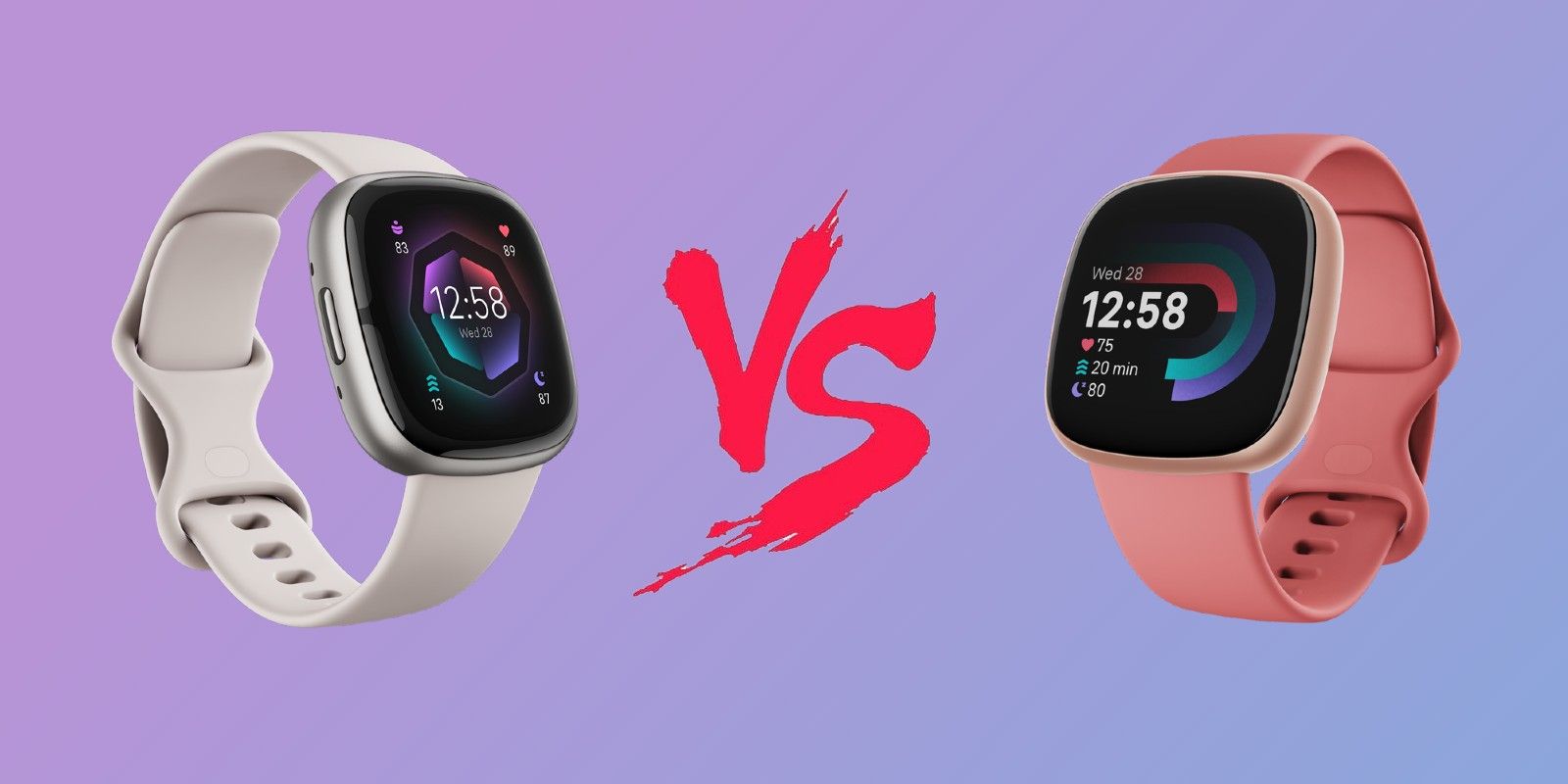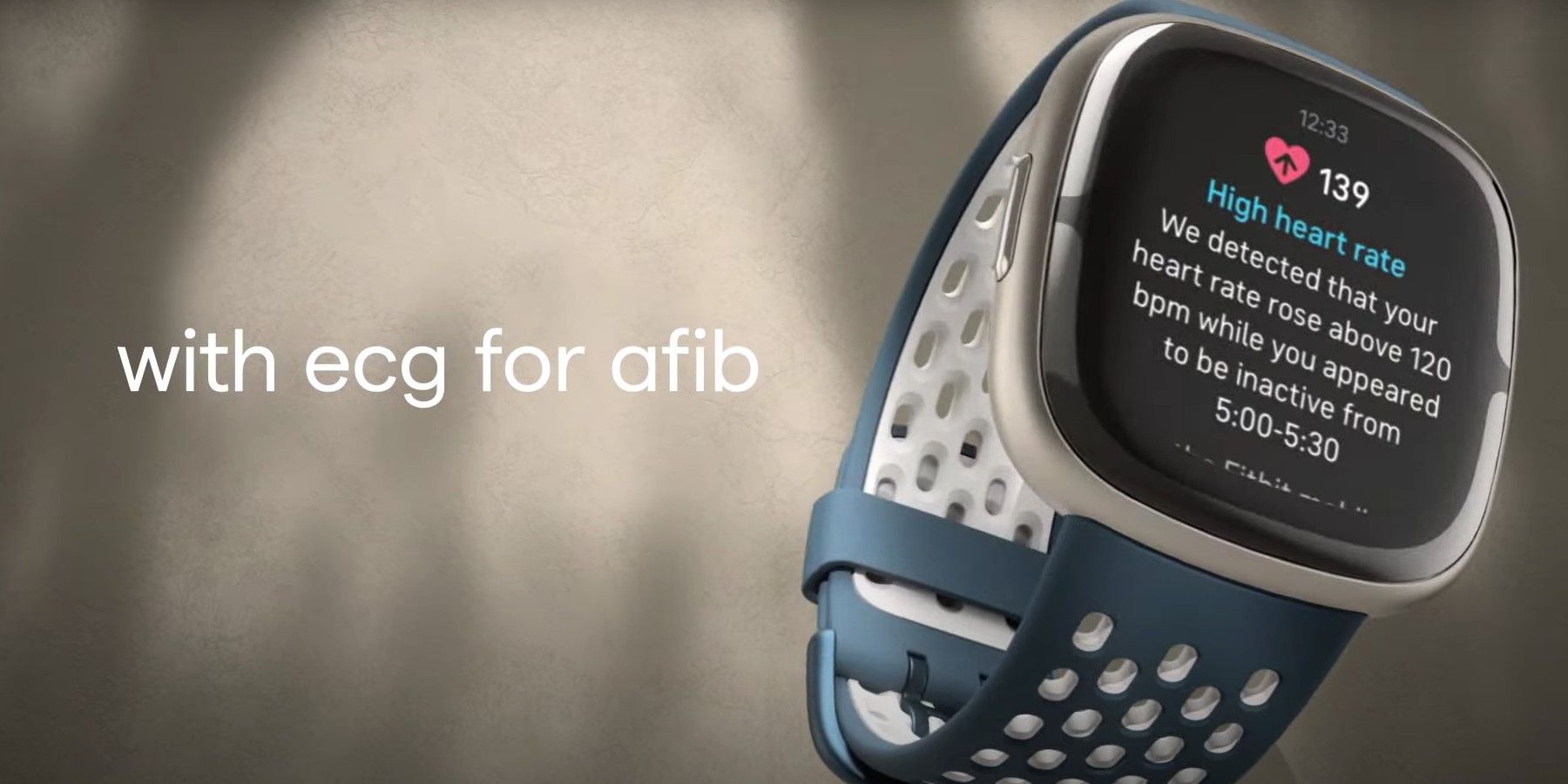Fitbit's newly announced Sense 2 and Versa 4 smartwatches look almost identical and even have several features in common, but there are some significant differences that set them apart. The Sense series is Fitbit's most premium line and unsurprisingly, the most expensive too. However, Fitbit justifies its price with additional features that are not available on the more affordable Versa series.
Fitbit's new smartwatches are successors to the Sense and Versa 3 released back in 2020. They will be going up against Samsung's Galaxy Watch 5 series, the Apple Watch Series 8, and even Google's own Pixel Watch. While the competition is tough, Fitbit should still be able to put up a fight, especially for those looking for a fitness-first smartwatch.
The Fitbit Sense 2 and Versa 4 have the same design and identical dimensions. Both wearables sport a squircle-shaped display housed in an aluminum case with a replaceable flexible sports band. In addition, both have a physical button, a microphone, and a slit on the side for the speaker. Fitbit also says they are both water-resistant up to 50 meters. However, the Sense 2 is available in only three colors whereas the Versa 4 comes in four color options. That said, Fitbit's 24mm watch straps can fit either of the two watches.
The Sense 2 Has More Sensors
What really sets the two watches apart are their health sensors. The Sense 2 is equipped with an electrocardiogram (ECG) for detecting atrial fibrillation and a body response sensor to track electrodermal activity (EDA) for all-day stress management. Fitbit has also equipped the Sense 2 with a skin temperature sensor that measures changes in a user's skin temperature. Another sensor that's only present on the Sense 2 is a gyroscope. Save for these, the rest of the features are mostly the same.
Both the Sense 2 and Versa 4 have a color display with always-on display support. There is a heart rate sensor for all-day tracking on both watches with notifications for high and low heart rates. Fitbit also includes red and infrared sensors for blood oxygen saturation (SpO2) monitoring. While the Versa 4 doesn't have an ECG sensor, it has support for irregular heart rhythm notifications which can also be used to detect signs of atrial fibrillation (AFib). It also has stress monitoring but not on the same level as the Sense 2.
Fitbit's new smartwatches can track more than 40 different workouts and exercises and have a built-in GNSS chip (GPS & GLONASS), NFC and Wi-Fi. They also have sleep tracking and women's health tracking. The smart features are identical for both watches with support for calls, text and app notifications, built-in Amazon Alexa, Fitbit Pay, Find My Phone, and compatibility with Android and iOS devices. Both watches will also receive an update that brings Google Maps and Google Wallet in the future. The Sense 2 and Versa 4 both offer six-day battery life and support fast charging — a 12-minute charge will provide a day's worth of battery life.
At $299.95, the Sense 2 will suffice for those who want a smartwatch with additional health features such as an ECG sensor and more accurate stress monitoring. However, for those who are on a tighter budget, the Fitbit Versa 4, which is priced at $229.95, is a great choice too.


